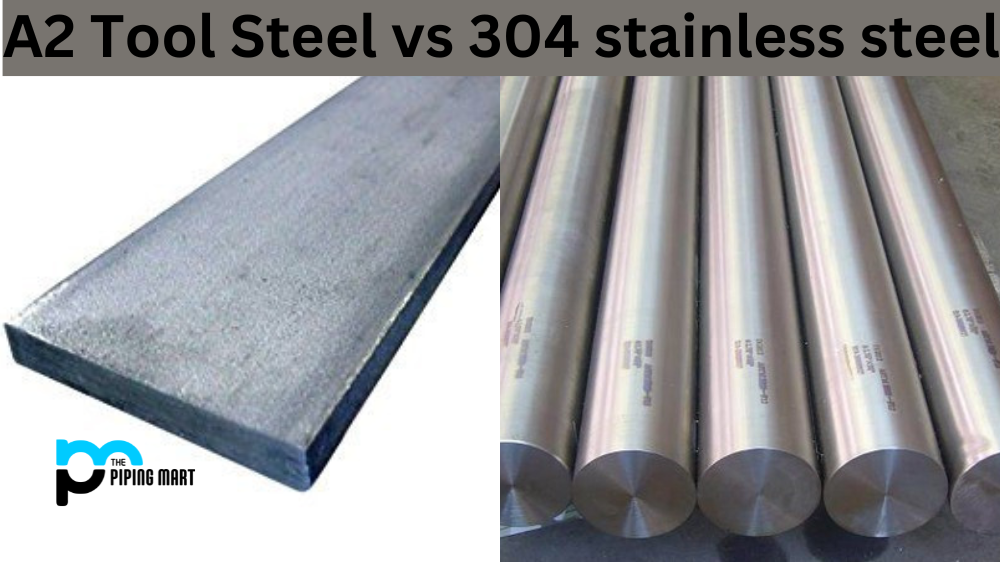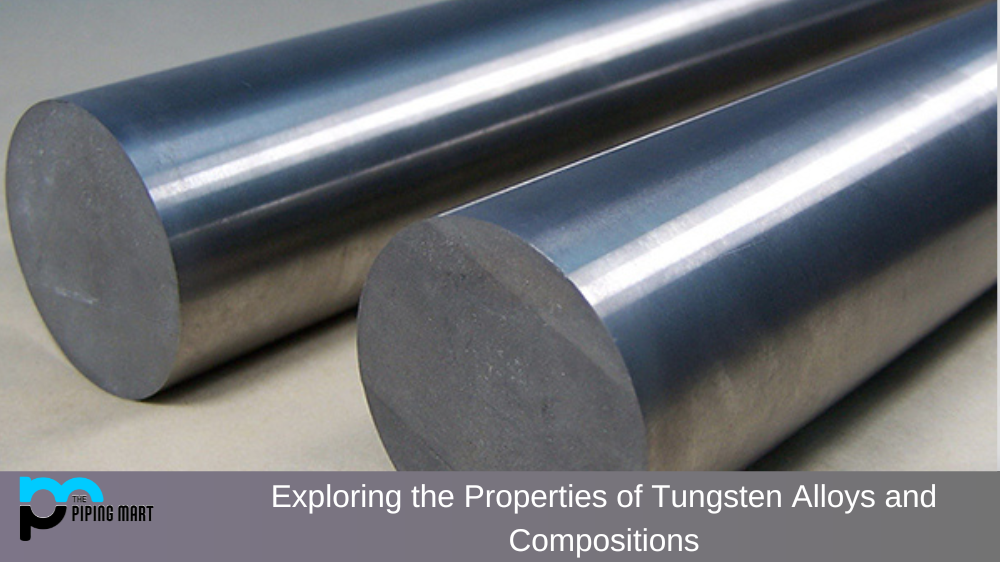When it comes to steel alloys, there are many options to choose from for your next project. Two of the most popular alloys are A2 tool steel and 304 stainless steel. While these two alloys have some similarities, there are also key differences between them that affect their performance in certain applications. In this blog post, we’ll dive into the specifics of A2 tool steel and 304 stainless steel, helping you determine which one is best suited for your needs.
What is A2 Tool Steel?
A2 tool steel is a versatile alloy known for its high toughness and wear resistance. It’s commonly used for cutting tools, dies, precision instruments, and tooling applications in the automotive and aerospace industries. A2 tool steel contains a high amount of carbon and chromium, giving it excellent edge retention and resistance to abrasion. It’s also known for its ability to withstand high temperatures without losing its hardness.
What is 304 Stainless Steel?
304 stainless steel is a corrosion-resistant alloy commonly used for applications that require high purity, such as food processing equipment and medical instruments. 304 stainless steel contains a high percentage of chromium and nickel, giving it excellent resistance to corrosion and oxidation. It’s also known for its high ductility, making it easy to fabricate and weld.
Difference Between A2 Tool Steel and 304 Stainless Steel
Strength
Regarding strength, A2 tool steel has a higher tensile strength than 304 stainless steel. This means that it can withstand higher stresses without bending or breaking. However, 304 stainless steel has a higher yield strength, meaning it can withstand more stress before permanent deformation occurs. This makes 304 stainless steel a better choice for applications where yield strength is important, such as in construction and structural engineering.
Machinability
Another factor to consider when choosing between A2 tool steel and 304 stainless steel is their machinability. A2 tool steel is known for being difficult to machine due to its high hardness and toughness. It requires specialized tools and techniques to shape and fabricate. On the other hand, 304 stainless steel is relatively easy to machine and can be cut and shaped with standard tools. This makes 304 stainless steel a good choice for applications where ease of machining is important.
Cost
Finally, it’s important to consider the cost of each alloy. A2 tool steel is generally more expensive than 304 stainless steel due to its high-performance properties. However, the cost of each alloy can vary depending on the specific grade and size of the material. It’s important to factor in each alloy’s cost when choosing which is best suited for your project.
- A2 tool steel is a type of high-carbon steel that contains between 0.95% and 1.03% carbon.
- 304 stainless steel is a type of austenitic stainless steel that contains between 16% and 24% chromium and small amounts of carbon, silicon, manganese, molybdenum, and nickel.
- A2 tool steel is harder than 304 stainless steel but is more brittle.
- A2 tool steel is typically used for cutting tools and other applications where hardness is more important than toughness.
- 304 stainless steel is typically used for kitchen utensils, food processing equipment, and other applications where corrosion resistance is more important than hardness.
Conclusion
In conclusion, the choice between A2 tool steel and 304 stainless steel depends on the specific requirements of your project. A2 tool steel is a strong, tough alloy well-suited for cutting tools and precision instruments. On the other hand, 304 stainless steel is a corrosion-resistant alloy that’s ideal for applications that require high purity and good yield strength. When choosing between these two alloys, it’s important to consider factors such as strength, machinability, and cost to determine which is best suited for your needs. By weighing these factors carefully, you can choose the right alloy for your project and ensure its success.

Hey, I’m Krutik, a casual blogger expert in the metal industry. I am passionate about providing valuable information to my readers. With a background in engineering and construction, I like playing Cricket & watching Netflix shows in my free time. Thank you for visiting my blog, and I hope you find my information helpful!




